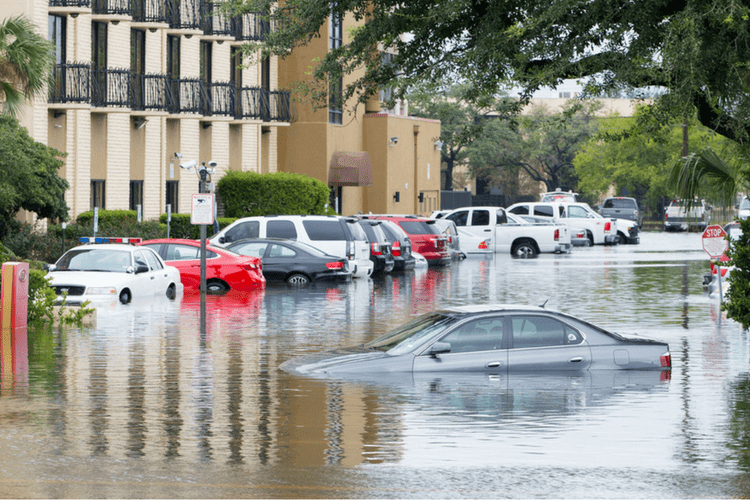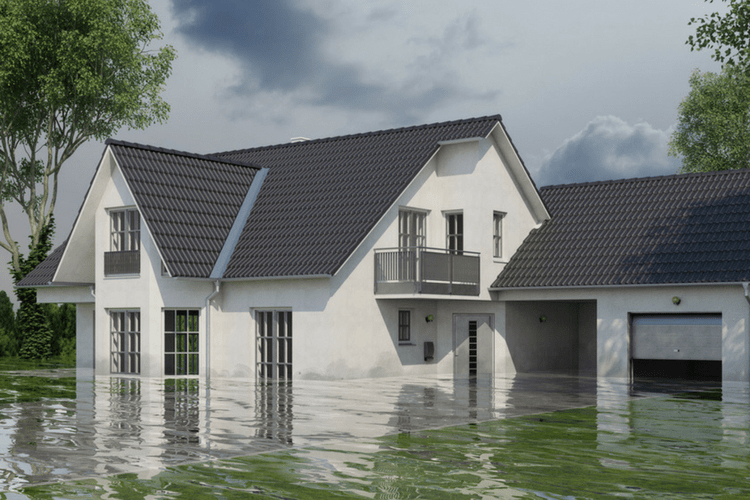How to Prepare for a Flood
Floods can sneak up on you, which is why it’s a good idea to be prepared just in case. Of course, if you live in an area where flooding is common, then flood safety and flood preparedness are essential.
Know What the Terms Mean
First things first: Have your terms straight. If you hear that a flood watch has been issued, does that mean a flood is going to happen? What if it’s a warning instead of a watch?
- A warning means that a flood or flash flood is already occurring or will occur very soon. You should take measures immediately. If there are evacuation orders, follow them.
- A watch means a flood or flash flood could happen. Stay on alert, and be ready to move on short notice if necessary.
Understand Your Risk
If you are in an area that floods often, you are at higher risk from a flood and should prepare more thoroughly. To assess your risk, you can enter your address into a tool such as the one found hereOpens a new window. Also, talk to your neighbors and insurance agents about your risk.
Purchase Flood Insurance
Regular homeowners insurance policies usually don’t cover flood damage. However, you can get separate flood insurance and may want to even if your insurance agent says you don’t need it. If you live in a high-risk area, flood insurance may be required.
Renters and business owners can get flood insurance as well.

Store Supplies
Your flood preparedness checklist should definitely include an emergency kitOpens a new window with supplies such as batteries, whistle, flashlight, three days’ worth of non-perishable food, can opener, wrench and battery-powered radio. Check on the kit at least once a year, and replace expired items.
Also, have a “go bag” in case you need to evacuate. The bag should include prescription medications, cash, cellphones and important documents, including identification documents.
Protect Your Property
You don’t want a flood to damage your property, so designate a safe place for keeping critical documents, furniture and valuables.
Waterproof your basement and elevate items such as appliances, electrical panels, sockets and heating systems. You can use masonry blocks or concreteOpens a new window in many cases. Use a water alarm to be alerted to possible basement flooding, and to keep water from backing up into your drains, install check valves in your sewer lines.
Check every once in a while that your sump pump works, and in case it fails, have a battery-operated backup ready.

Evacuate Smartly
If you must evacuate and have a little time, you can:
- Surround your property with sandbags.
- Turn off the electricity, water and gas if it is safe to do so.
- Move important items to upper floors.
Part of any good evacuation planOpens a new window is knowing where you can go. Perhaps it’s a Red Cross shelterOpens a new window you’re headed to, or you’ve made arrangements ahead of time to stay with friends or family. Whatever the case, ensure that your route to the next place is safe. If you evacuate via car, it should be gassed up and have emergency supplies. A change of clothing in your car would be good too. If you’re evacuating via public transportation, find out in advance how the transit agency deals with evacuations.
Also, plan for how you’ll evacuate any pets and livestockOpens a new window or any people with special needs.
Keep a list of key phone numbers in your wallet in case you’re not able to use your regular phone, and have a plan for how your family members can get in touch with one another. Not everyone is able to evacuate together.
Above all, if you are ordered to evacuate, do so within the time frame recommended. Many flood-related deaths and injuries occur when people are trapped in water.
Hopefully, you’ll never have to follow through on these flood preparedness tips. If the time does come, however, you should be ready.





